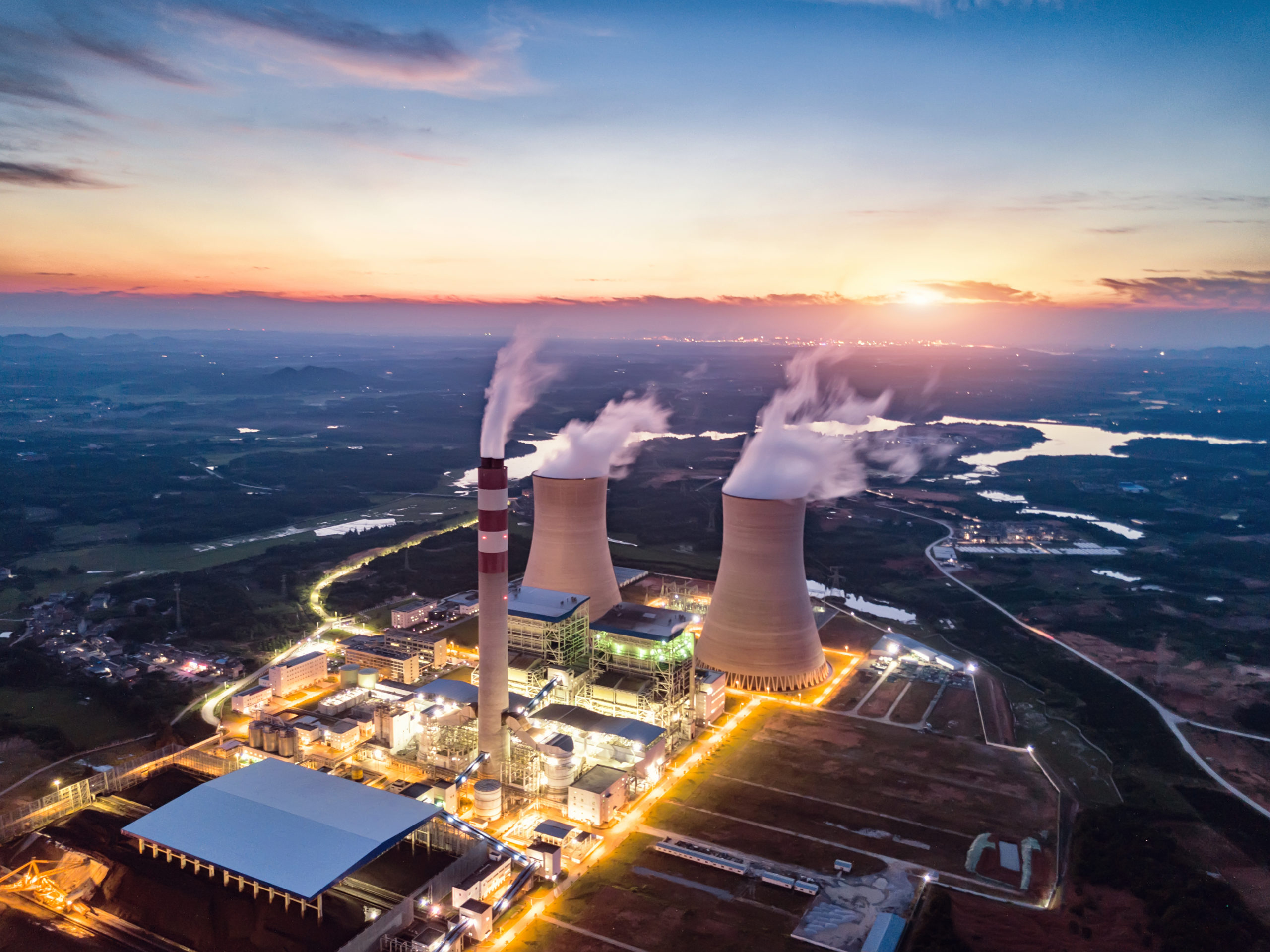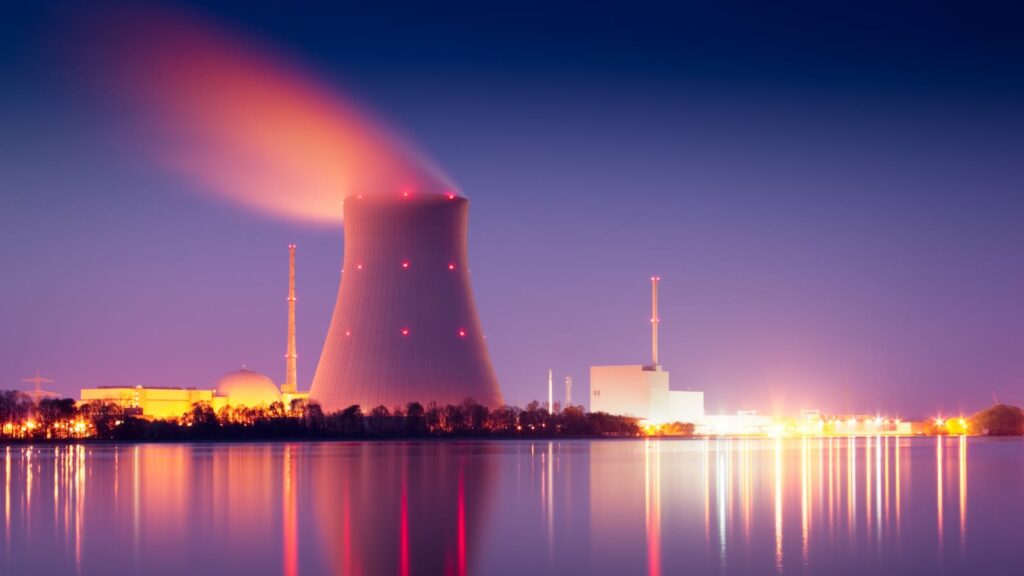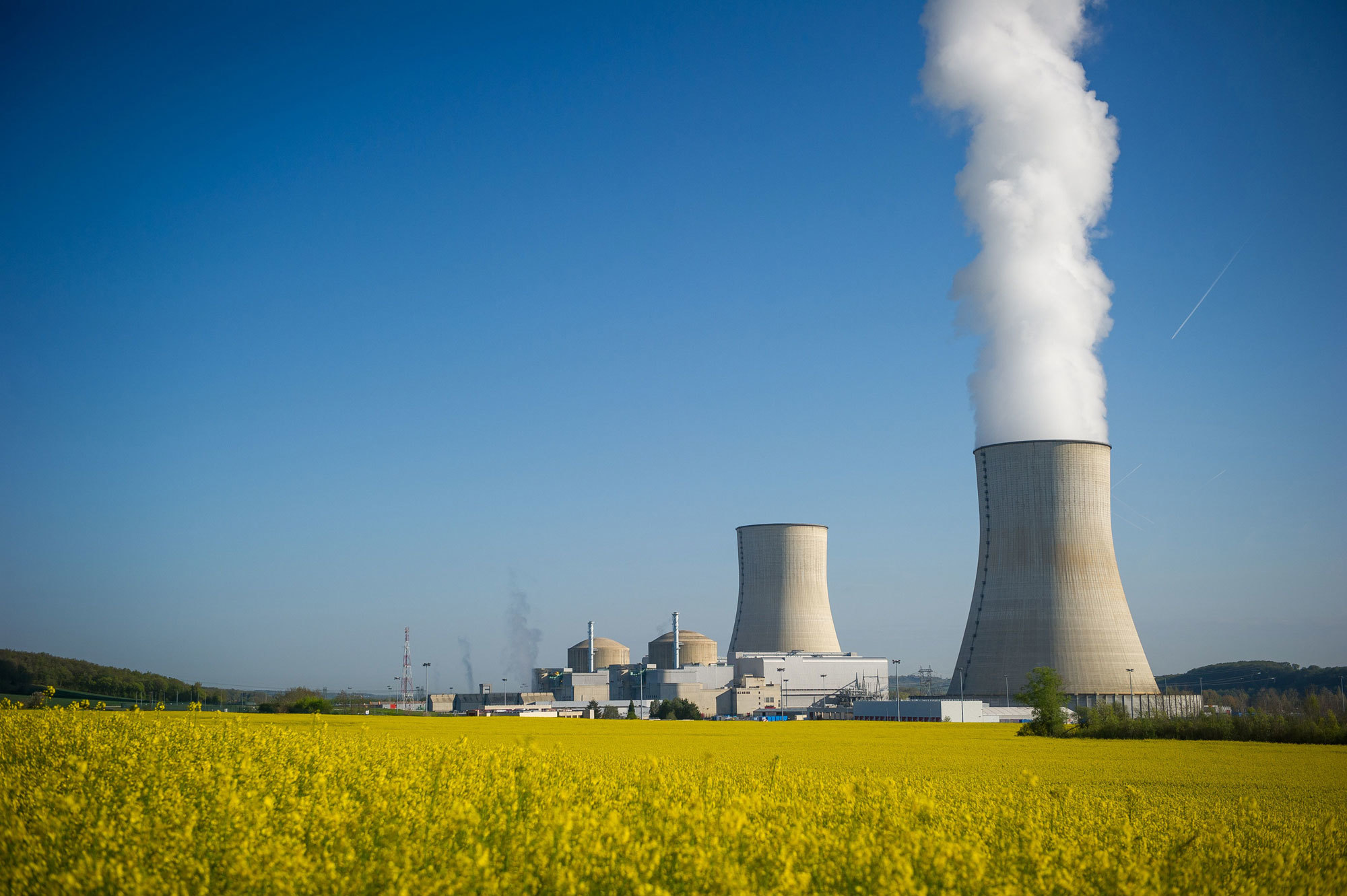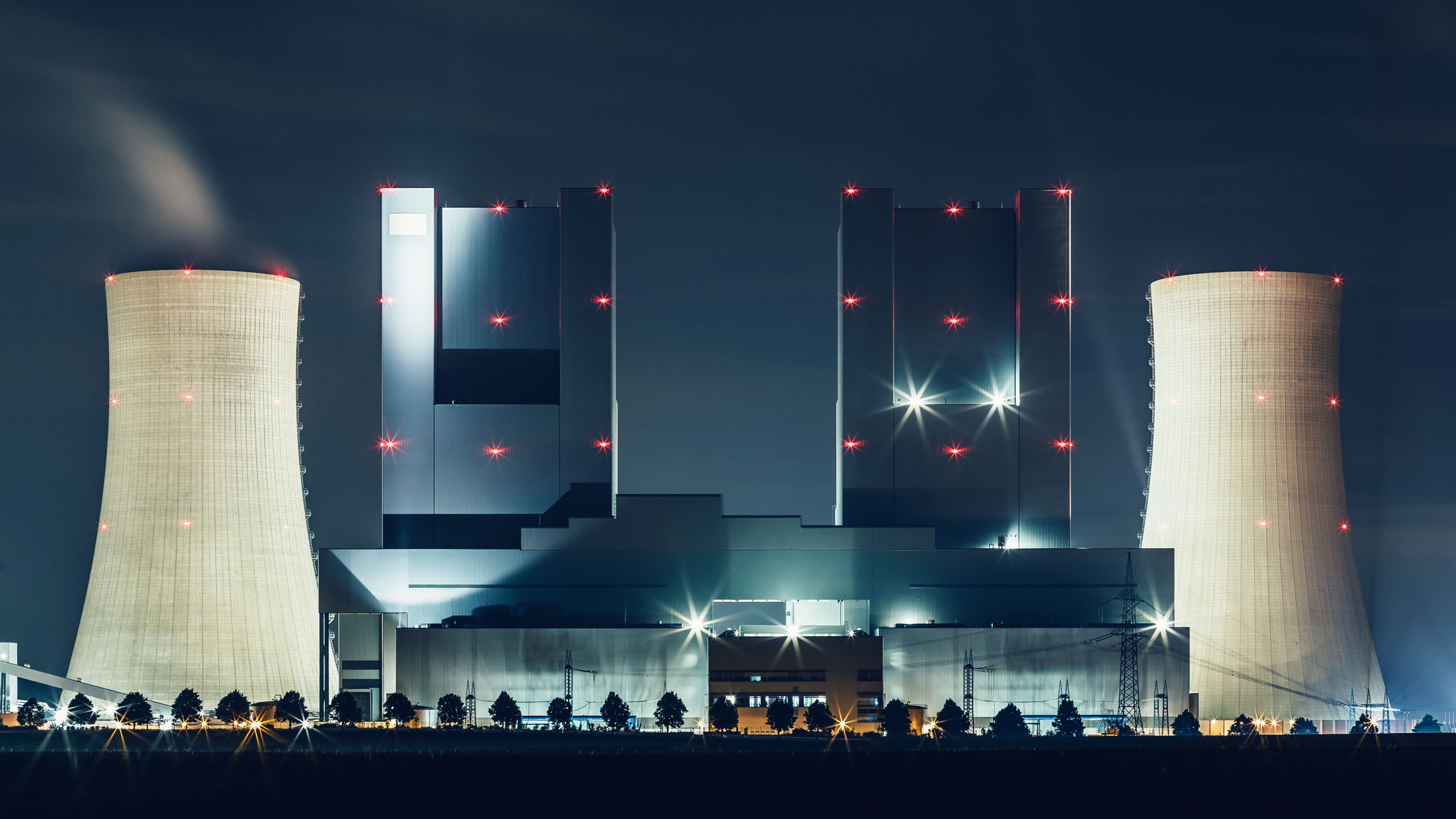Welcome to Linquip Blog. Today and in this article, we are going to have a look at nuclear power advantages and disadvantages. In the following, we are going to introduce you to the most important advantages and possible disadvantages of nuclear energy as one of the most controversial energy sources we have. For some people, the potential risk associated with nuclear power is too great. For others, nuclear looks like the answer for a zero-carbon future. Aside from all the speculation, nuclear energy now accounts for a significant portion of the United States’ total energy generation.
For those who do not know exactly what kind of energy is called Nuclear energy or power, in the first place, we have prepared a definition of nuclear energy, and then we will discuss the advantages and then the disadvantages of this type of power, respectively.
Our team gathered all of the necessary information on this topic to eliminate the need for reading diverse content on other websites. Stay with us until the end to find the answer to your question on this topic. We have a long journey ahead of us, so take a deep breath, sit back, and keep reading this article until the end.

What Is Nuclear Power?
Nuclear energy or power is formed by splitting uranium or plutonium atoms through chain reactions in a nuclear reactor by a process called nuclear fission. The energy released from splitting the atoms is used to heat water into steam. This steam then turns a turbine, which creates usable electricity. Researchers have recently discovered that thorium is another fuel that could be used for nuclear power. It’s already being used in countries like India and Russia.
Now that we know what nuclear energy is and how it can be exploited, let’s take a closer look at its pros and cons.
1. Nuclear Power Advantages
We go straight to the point without wasting time. In this section, we are going to get acquainted with 7 of the most important benefits of using nuclear energy and expand our knowledge in this regard. A quick Google search reveals that there are many other advantages to using and harnessing nuclear energy. But in this article, we will focus only on the most important of these pros.
1.1. Nuclear Power Is a Clean Energy Source
Nuclear energy is the largest source of clean power not only in the United States but also in many European countries. Nuclear power generates more than 800 billion kilowatt-hours of electricity each year in the U.S and produces more than 55% of the nation’s emissions-free electricity. This avoids more than 470 million metric tons of carbon each year, which is the equivalent of removing 100 million cars off of the road. The thermal energy from nuclear reactors may also be used to decarbonize other energy-intensive sectors such as transportation – the largest contributor to carbon pollution.
1.2. Nuclear Power Is Reliable
While some energy sources are dependent upon weather conditions, like solar and wind power, nuclear energy has no such constraints. It doesn’t matter if the wind isn’t blowing or if the day is cloudy. Nuclear power plants are essentially unaffected by external climatic factors and create predictable and steady energy output. A nuclear power plant in full-swing operation can produce energy non-stop for an entire year, which allows for a good return on investment because there is no delay in energy production.
Nuclear power plants are also reliable because we have enough uranium on the planet to generate energy for the next 70-80 years. While that may not sound like a long time, it is longer than many fossil fuels are estimated to last, and other nuclear energy sources are being explored to power nuclear power plants.
1.3. Nuclear Power Has Zero Carbon Emissions
Nuclear power reactors do not produce any carbon emissions. This is a huge advantage over traditional sources of energy, like fossil fuels, which releases tons of carbon dioxide into the atmosphere.
Excess carbon dioxide is one of the leading causes of climate change. So, the less carbon and greenhouse gas emissions an energy source has, the better.
In fact, according to the Nuclear Energy Institute, nuclear electricity production prevents 528 million metric tons of carbon dioxide from being released into the atmosphere annually.
1.4. Nuclear Power Is a Promising Future Energy Supply
Nuclear fusion is the holy grail of harnessing energy. If we can learn to control the atomic fusion, we could practically have unlimited energy. At the moment, this method has some serious challenges that need to be worked out if we are to start using them on a larger scale. However, the potential it has is important to keep in mind when thinking about energy generation in the future.
1.5. Nuclear Energy Creates Jobs
The nuclear industry supports nearly half a million jobs in the United States and contributes an estimated $60 billion to the U.S. gross domestic product each year. U.S. nuclear plants can employ up to 700 workers with salaries that are 30% higher than the local average. They also contribute billions of dollars annually to local economies through federal and state tax revenues.
1.6. Nuclear Power Is a Supply of Energy with a Good Availability
Like fossil fuels, the uranium used to supply nuclear power plants is in limited supply. However, our uranium reserves are estimated to last another 80 years, whereas fossil fuels have a much more limited lifespan. Since the Industrial Revolution, we have been consistently and constantly depleting our fossil fuel reserves. If we continue consuming fossil fuels and keep increasing our consumption as the world population grows, we are estimated to run out of oil by 2052, gas in 2060, and coal by 2088.
Of course, there are more fossil fuel discoveries we have yet to make, but they are fewer and farther between than ever and will eventually run out. Switching to uranium might give us the extra time we need to find better and cleaner renewable energy resources. Plus, some countries like India, China, and Russia are already working towards using greener and more abundant thorium to power nuclear reactors.
If we switch to thorium we will have even longer than 80 years of fuel available. However, if scientists can turn nuclear fusion into a reality, we would theoretically never run out of electricity ever again. Turning nuclear energy into sustainable energy requires the use of breeder reactors and nuclear fusion to sustain us for the foreseeable future.
1.7. Nuclear Power Possesses High Energy Density
On our list of the pros and cons of nuclear energy, this advantage is quite astounding. Nuclear fission (the process used to generate nuclear energy) releases much greater amounts of energy than simply burning fossil fuels like gas, oil, or coal. How much more efficient? Nuclear fission is nearly 8,000 times more efficient at producing energy than traditional fossil fuels. That’s a considerable amount of energy density. Because nuclear energy is more efficient, it requires less fuel to power the plant and therefore creates less waste as well.
2. Nuclear Power Disadvantages
As we have already acknowledged, nuclear energy also has some disadvantages. From the cost of building the equipment to the devastating effects, it has on our living environment. Let’s take a closer look at some of the most important bad effects of nuclear energy in our lives.
2.1. It Has Environmental impacts and Consequences
Although nuclear power plants release zero carbon emissions, nuclear power still has a substantial impact on the environment, mainly through mining and water discharge.
The uranium used to produce nuclear energy has to be mined. Mining of any kind harms the surrounding area. Uranium mining in particular is known for releasing arsenic and radon. This has had a negative impact on the health of those living around uranium mines, which consists largely of members of the Navajo Nation.
Nuclear power plants also cause something called ‘thermal pollution’. Most nuclear power plants are located on a body of water, like a lake or the ocean. The power plant uses water from the lake or ocean, referred to as cooling water, to condense steam back into the water.
This process causes the cooling water to increase in temperature and is then released back into the body of water. This hot water, usually around 100 degrees Fahrenheit, significantly changes the chemistry of the ocean or lake it is discharged into, making it inhabitable to most aquatic life.
2.2. Nuclear Power Equipment Is Expensive to Build
Despite being relatively inexpensive to operate, nuclear power plants are incredibly expensive to build—and the cost keeps rising. From 2002 to 2008 the estimated cost to build a nuclear plant grew from $2-$4 billion to $9 billion, and power plants often surpass their cost estimates during construction. In addition to the expense of building a power plant, nuclear plants must also allocate funds to protect the waste they produce and keep it in cooled structures with security procedures in place. All of these costs make nuclear power quite expensive.
2.3. Accidents are Likely
Nuclear power plants have very strict safety measures in place. However, accidents can happen no matter how careful you are. A meltdown at a nuclear plant can have a catastrophic impact on the surrounding areas, which we know from events like the Fukushima disaster, Chernobyl, and Three Mile Island in Pennsylvania.
In the event of a nuclear meltdown, harmful radiation can leak, which can cause adverse effects on the environment and human health. The 1986 incident at Chernobyl ultimately led to thousands of deaths, with estimates ranging from 4,000 to 60,000 dead as a result of the incident. Not only that, more than 2 million people are still struggling with health problems related to Chernobyl. Today, over 30 years later, access is still limited within the 19-mile Chernobyl exclusion zone.
It is important to keep in mind, however, that these types of accidents are rare. Plus, many studies show that the fossil fuel industry is substantially more deadly than the nuclear industry, even when you include catastrophes like Chernobyl.
2.4. Nuclear Energy Carries Radioactive Waste
Although nuclear energy production does not create any emissions, it does produce radioactive waste that must be securely stored so it doesn’t pollute the environment. While radiation might sound scary, we are constantly exposed to small amounts of radioactivity from cosmic rays or radon in the air we breathe. In small quantities, radiation isn’t harmful—but the radioactive waste from nuclear energy production is incredibly dangerous.
The storage of radioactive waste is a major challenge facing nuclear power plants. Because there’s no way to destroy nuclear waste, the current solution is to seal it securely in containers and store it deep underground where it can’t contaminate the environment. As technology improves, we will hopefully find better ways of storing radioactive waste in the future.
2.5. It Is Non-renewable
A renewable energy resource is defined as a source of energy that is not depleted when it is used, or that can be replenished within a human lifetime. Solar power is an example of a renewable resource because as we turn solar energy into usable electricity, we do not decrease the power of the sun.
Nuclear energy, on the other hand, is a non-renewable energy source. This is because the fuel used in nuclear reactors, uranium, is a finite resource. As we mine uranium, we deplete the available amount, and more will not be produced within a human lifetime.
Right now, experts believe that there is about 200 years’ worth of uranium available, assuming we stay at the same rate of nuclear production. But, if we become more reliant on nuclear power in the future, the supply of uranium will deplete faster, which may cause problems in the years ahead.
2.6. It Can be the Source of Security Threat
Nuclear power presents a unique threat to our national security because it is powered by nuclear energy. Terrorists might target nuclear power plants to create a disaster, and the uranium used to produce the power can be turned into nuclear weapons if they end up in the wrong hands. For these reasons, security surrounding nuclear materials and nuclear power plants is extremely important.
Conclusion
The present article was an attempt to deliver all the essential information about Nuclear Power Advantages and Disadvantages. we brought the basic definition of what Nuclear Power is firstly and then we moved to 7 most Important Advantages. After elaborating on the advantages, we made an encounter with the top 6 Disadvantages of using nuclear power.
If you have any experience of nuclear power being used and know more about its consequences and future, we will be very glad to have your opinions in the comments on our website Linquip. Moreover, if you have any questions about this topic, you can sign up on our website and wait for our experts to answer your questions. Hope you enjoyed reading this article.
Buy Equipment or Ask for a Service
By using Linquip RFQ Service, you can expect to receive quotations from various suppliers across multiple industries and regions.
Click Here to Request a Quotation From Suppliers and Service Providers
Read More on Linquip
- More Informtion about Power Plant System
- More Details about Power Plant Generator
- More Details about Thermal Power Plant Generators
- Read More Information about Steam Power Plant Generators
- More Information about Nuclear Power Plant Generators
- Read More Information about Hydro Power Plant Generators
- See List of Siemens Generators Products
- How Does a Nuclear Reactor Work? A Closer Look at the Working Principle of Nuclear Reactors
- Is Nuclear Energy Renewable? A Complete Answer
- Nuclear power plant diagram: A complete guide






GOOD